In our previous article, we presented the Bristol Beaufighter aircraft. Now let’s learn something more about the pilots of the three versions included in the WW2 Wings of Glory Airplane Packs: the British Archibald McNeill Boyd (RAF), the New Zealand Michael James Herrick (RAF), and the Paul Yettvart Davoud (RAF). Archibald McNeill Boyd Archibald Boyd attended Trinity College, Oxford, where from January 1938 he served with …
The Bristol Beaufighter, also called simply the Beau, was a British long-range heavy fighter derived from the earlier Beaufort torpedo bomber design. The name Beaufighter is a merge of “Beaufort” and “fighter”. Unlike the Beaufort, the Beaufighter had a long career and served in almost all theatres of WW2, first as a night fighter, then as a fighter bomber and eventually replacing the Beaufort as a …
In our previous article, we presented the Fiat CR.42 Falco aircraft. Now let’s learn something more about the pilots of the three versions included in the WW2 Wings of Glory Airplane Packs: the Italians Luigi Gorrini and Vito Rinaldi (Regia Aeronautica), and the German Feldwebel Hors Gressler (Lutwaffe). Luigi Gorrini Born in July 1917 in Piacenza, Italy, Luigi Gorrini joined the Regia Aeronautica in 1937 and …
The Fiat CR.42 Falco was the most famous WW2 Italian fighter, and the most widely used, with more than 1,780 aircrafts built. It was the last development of the Fiat biplane fighters produced by the engineer Celestino Rosatelli (CR was the acronym for “Caccia Rosatelli”), started with the CR.1 in 1923. The CR.42 was highly maneuverable and sturdy, and even if it was outdated compared to …
Captain Gambier smiled grimly as HMS Defence slid neatly into the space between Mucius and Tourville. She had withstood their broadsides coming in – a gritty thing – and now Defence was in position to rake both French vessels simultaneously, and from close range! Gambier had anticipated that he would not be in a position to fire his guns before he was up close, and had …

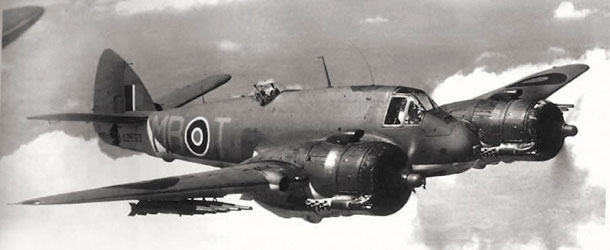
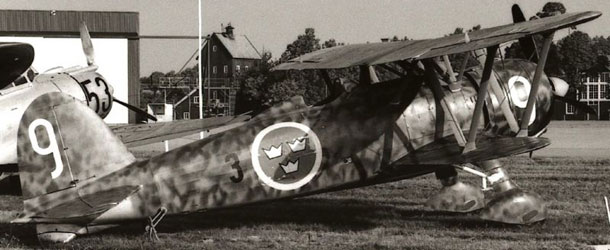
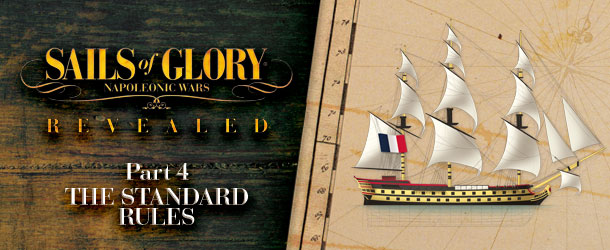
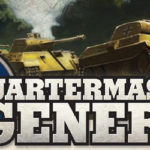

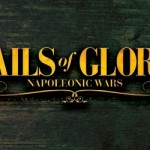





Follow Us on